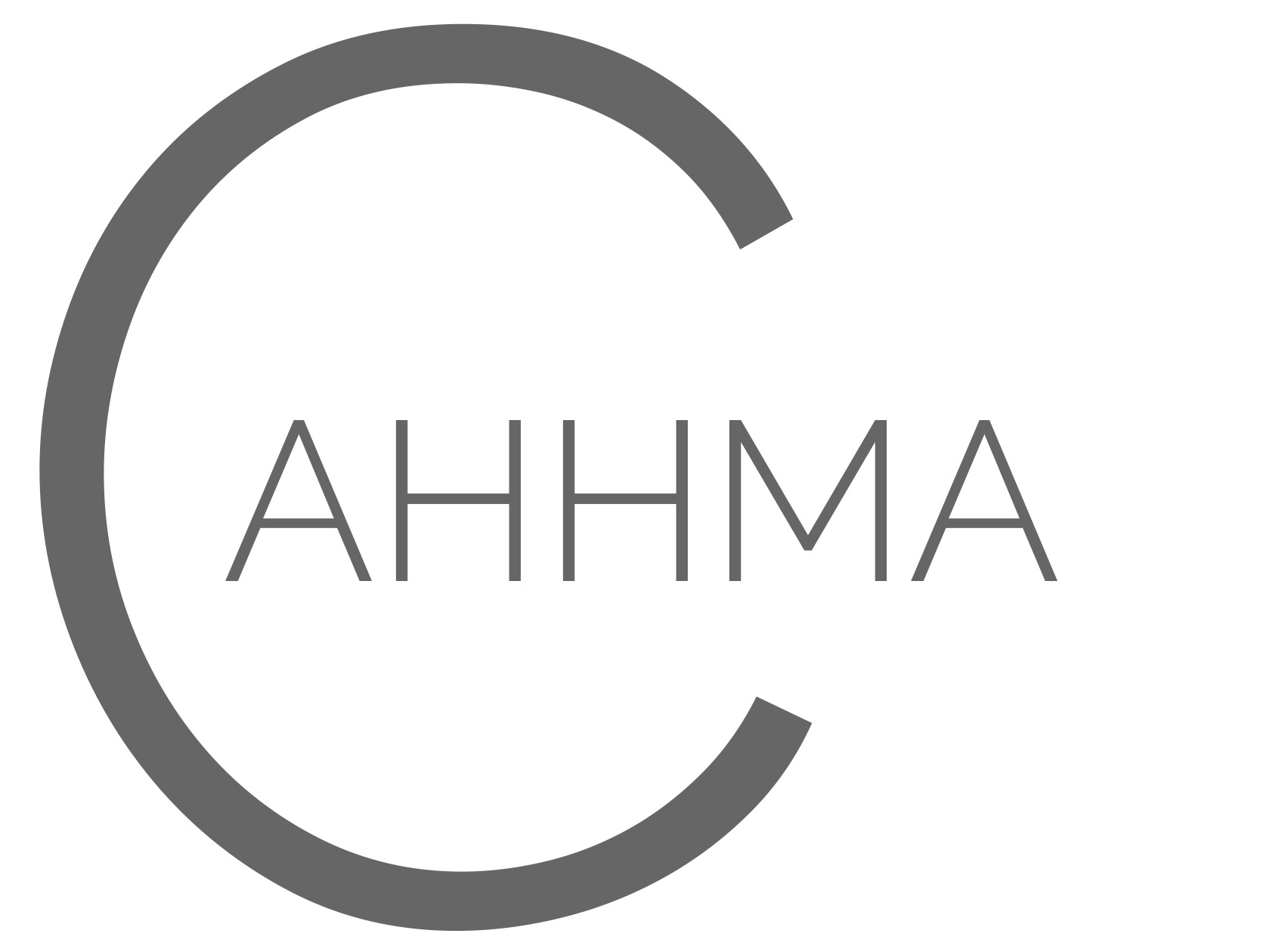A ray of hope emerged with MAHC’s recent announcement that the “not Status Quo” qualification was dropped, putting the community’s preferred 2-full acute care site option on the table for evaluation; coming 3 years late. Now, a pressing concern is what costing criteria will be used in model selection? Will it be based on the 2014/15 cost data, as recently published by the MAHC board chair blog? (March 20th Muskoka Region newspaper online)
This cost data comparing 3 future hospital models is dated, and the assumptions behind the 2-full-service acute care model drove the costs up. Based on the detailed numbers in the Master Plan appendices (per MAHC web site),100% of the Bracebridge site and 70% of the Huntsville site were costed as new builds. This translates to 87% new build, and the remaining 13% full renovations.
Per Comparison Table below, the 2-site model total sq. footage would be 90% larger (75% after bed reduction) than the current 2 hospital sites combined (note: it’s also ~36% larger than the 1- site model). It is hard to fathom what is driving this magnitude of hospital size increase.
To our knowledge, there are no hard Ministry specified timelines associated with reaching the latest new standards for existing hospitals. If there were (within capital planning time-lines of 5,10, & 20 yrs), it would far exceed provincial affordability (our estimate – $70B+). With our hospitals’ ages sitting at the provincial average of ~45 years, it is hard to imagine a capital plan with this much new build being approved. Lowering the level of the capital intensive ‘new build’ would help. This would also allow staged upgrades to newer standards and facility improvements sooner.
For example, lowering to 50% new build, 50% renovations, drops cost by close to 20%:
Why does MAHC’s 2-site plan have such a high space increase and ‘new build’? It certainly makes it less attractive from a cost perspective, so it must have influenced the 1-site recommended in 2015. There should have been a lower cost option considered.
Within the narrative of the Chair’s blog, we find other concerning comments:
MAHC’s case in a presentation to the District of Muskoka Corporate & Emergency Services Committee (January 19) for a capital reserve ranging from $84M – $114M in support of MAHC redevelopment ‘local share’. Our take: The apparent lack of more cost-effective options resulted in such a large local share, disrespecting Muskoka ratepayers by imposing on them the largest single capital commitment in the District’s history.
Articulating a three to five year need for $39M for building infrastructure, equipment & technology (note: not future development). Our take: Knowing the bulk of this is for infrastructure capital, begs questions: This need did not suddenly arise; has leadership managed their asset/replacements effectively, and along with other partners, sufficiently pressured the Ministry/LHIN to address this growing infrastructure deficit? Is a 1-site future causing Ministry reluctance to invest in upgrades today? Why are we into year 7 of capital planning, yet only in Stage 1 of 5 stages? At this pace, it really could be 15 years ‘at a minimum’ before anything gets done to fix the infrastructure deficit, let-along new development. Why is there such a lack of urgency?
The Capital Planning Task Force was established by the MAHC board to recommend the best model ensuring “high-quality, safe and sustainable care for future generations”, “even if unpopular”. Our take: This signals the 1-site model remains, & based on some future “comprehensive process”, may yet be MAHC’s decision, even if unpopular. Critical requirements of high-quality, safety and sustainability can be driven effectively through more than the 1-site model. It’s not only about future generations, but current generations as well.
Finally, the most recent Update (#12) by the MAHC Capital Planning Task Force acknowledged the overwhelming consensus of the community for retaining 2-full service acute care sites. We encourage them to get on with it now. MAHC must stop claiming that ministry ‘direction and process’ forces them to do additional deep-dives/comprehensive analysis into other options that are clearly unacceptable to the community. (There should be more than sufficient data already collected to fulfill ministry needs).
It is well past time for MAHC leadership to get on with delivering what the community has demanded, and with a new sense of urgency.
‘Listen To The People, MAHC!’
By:
Dave Wilkin, (former)MAHC board director, retired banking & IT executive, CAHHMA member
Ross Maund (former)MAHC board director, healthcare svs. corp. executive, CAHHMA member
for
COMMUNITY ADVOCATES FOR HOSPITALS AND HEALTHCARE FOR MUSKOKA AND AREA (CAHHMA)
For more information, please visit http://cahhma.com and join us.
